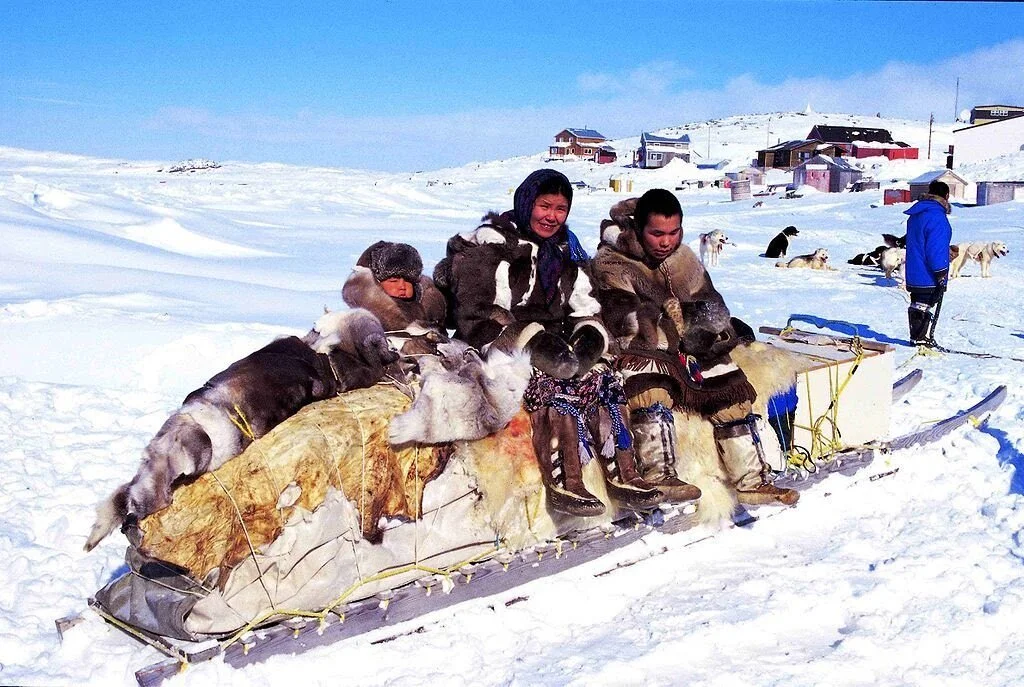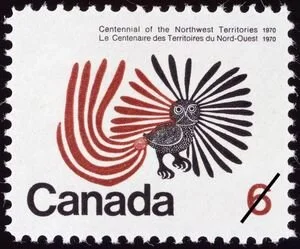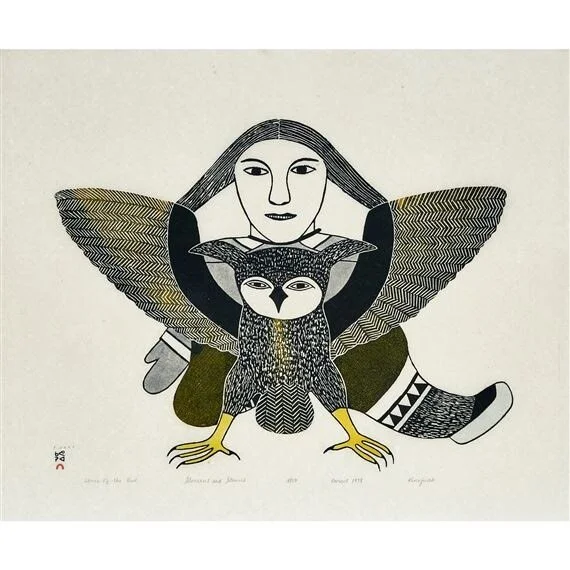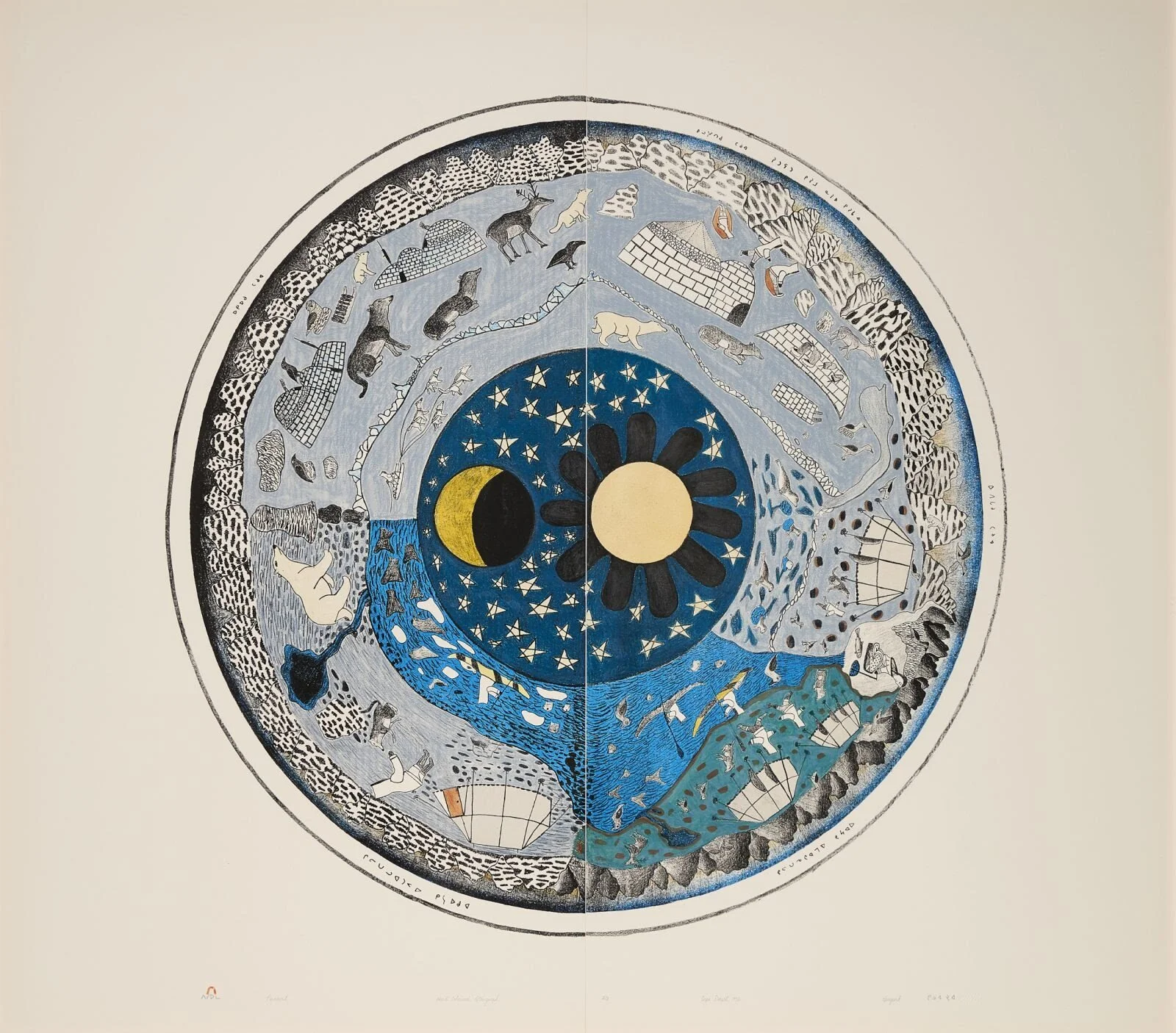In 1997 I drove across Canada and was introduced to Inuit Art. From that day on, I became fascinated with the culture and heart that this art comes from, its connection to the land and limitations that come with the isolation they live in.
In today’s world I look to them for inspiration. Inuit Art is the artwork of the People of the Arctic.
Kenojuak Ashevak (pronounced ken-OH-jew-ack) was born in 1927 and is best known for entrancing graphic images that encompass imaginative and varied themes.
She began drawing in the late 1950s and, up until her death at 85 years old in 2013, showed a continuing interest in experimenting with new techniques.
Her imagery remained consistent, but she was willing to experiment with various media.
Kenojuak embraced etching and engraving in the 1960s, lithography in the late 1970s, etching and aquatint over the last decade of her life, as well as experimenting with glass, creating a glass sculpture and designing a stained glass window for a chapel.
She was the first woman ever involved with the printmaking co-operative in Cape Dorset. Her enthusiasm and devotion to work has provided inspiration to generations of artists in Cape Dorset, now Kinngait.
Cape Dorset (in name until 27 February 2020) is an Inuit hamlet located on Dorset Island at the southern tip of Baffin Island in the Qikiqtaaluk Region of Nunavut, Canada. Dorset Fine Arts is an art co-operative in Kinngait (Cape Dorset) and is unique among the Arctic Co-operatives for its focus on the arts and artists of the community. The Inuit treasure their language and stories, which often features birds and animals of the Arctic, as well as depicting imaginary stories of the world’s creation.
Talelayu with Owl (1979)
Kenojuak is the most well known Inuit artist because of her owl drawings and prints. In over 100 different prints, Ashevak captured the inquisitive expressions and majestic grandeur of owls using a wide range of vivid colors.
Her 1970 print, Enchanted Owl (1960) was reproduced on a stamp commemorating the centennial of the Northwest Territories, and again in 1993 Canada Post selected her drawing entitled The Owl to be reproduced on their 86 cent stamp.
Enchanted Owl (1970)
The Owl (1993)
“There is no word for art. We say it is to transfer something from the real to the unreal. I am an owl, and I am a happy owl. I like to make people happy and everything happy. I am the light of happiness and I am a dancing owl.” - Kenojuak
Dance of the Owl (1978)
Kenojuak’s Nunavut - Our Land commemorated the signing ceremony for the Tunngavik Federation of Nunavut Settlement Agreement, which took place in Iqaluit, Northwest Territories in 1993 and created a homeland within Canada for Inuit.
Hare Spirits (1960)
Proud Wolf Pack (1990)
I am moved by the fact that art is an integral representation of the Inuit people’s life.
Their art co-op is a central gathering place for all in the community.
Their art marks and honors their place in human history.
Although the film below was made years ago when Kenojuak was a 37 year old woman (1964), it shows how she lived and the inspirations for her art.
I ask myself, how can we continue to look at life’s limitations as opportunities?
This film received an Academy Award Nomination for Best Documentary Short in the 1960s.











